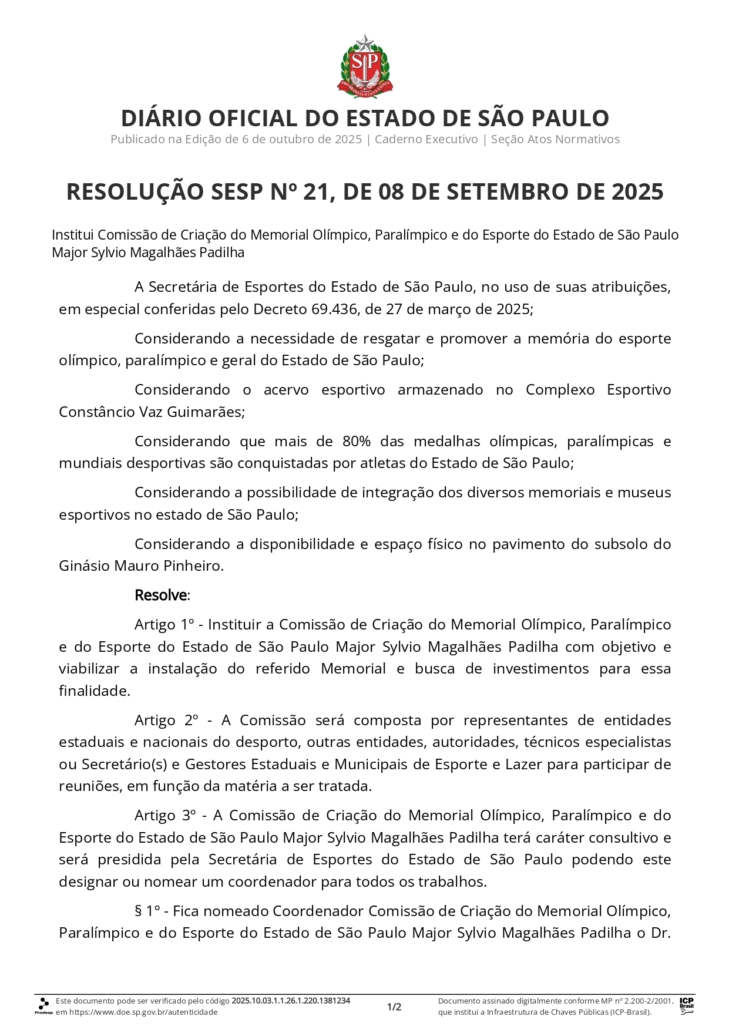A mainstay of sustainable practices, the system affects weed control when producers neglect other soil care practices, according to a study
10/13/2025
The incomplete adoption of no-till farming, a planting system that reduces the impact of agriculture on soil health, increases Brazilian soybean producers’ costs with herbicides. This is the conclusion of the study “Brazil as a world leader in soybean production: until when and at what cost?”, conducted by the Escolhas Institute.
According to the study, between 1993 and 2023, soybean farming area grew 317% in the country, while the estimated use of synthetic herbicides increased 2,019%, to 195,000 tonnes. In 1993, for every kilogram of herbicide used by farmers, 23 bags of soybeans were harvested. Now, the harvest averages seven bags.
Juliana Luiz, research manager at the Escolhas Institute and one of the study’s coordinators, says the reason for increased herbicide use is the widespread adoption of no-till farming without complementary soil conservation practices.
No-till farming is based on three procedures: not turning the soil, maintaining permanent soil cover (with either plants or crop residues), and diversifying crops. “No-till farming is a very important revolutionary practice that prevents erosion and increases water and nutrient absorption. The problem is its adoption without integrated management,” says Ms. Luiz.
For the study, the authors used public data from the Brazilian Institute of Geography and Statistics (IBGE) on production, from the Ministry of Agriculture on the use of synthetic pesticides, and statistics from the Brazilian Federation of the No-Tillage System. The researchers visited and interviewed 34 farmers from Mato Grosso, Goiás, and Paraná, who cultivate a total of 88,100 hectares, to investigate their production practices. Escolhas analyzed 45 soil conservation and regeneration practices.
The producers were divided into conventional producers who adopt fewer of these practices; regenerative producers who used more practices; and farmers who use organic farming, a method that prohibits using synthetic herbicides and disturbing the soil, which precludes direct planting. According to the study, conventional producers adopt no-tillage systems, but only 31% use crop rotation, 15% use mulch, 15% use green manure, and 31% use organic manure.
When farmers don’t adopt complementary measures, Ms. Luiz says, no-till farming makes it difficult to combat weeds, requiring more herbicide applications. “With incomplete management, pesticide use needs to be increased.” She adds that producers use crop succession—soybean and corn, soybean and cotton—but not rotation, which involves greater crop diversity in the same harvest.
Henrique Debiasi, who researches soil management at Embrapa Soja, says that no-till farming is used on 33 million hectares in Brazil, but, according to him, there are no official statistics on the system’s full adoption. “No-till farming itself is widely adopted, with minimal soil disturbance. But permanent soil cover and crop diversification have low adoption,” he explains.
Mr. Debiasi says that not disturbing the soil already helps reduce erosion and increase productivity. Studies by Embrapa Soja show that no-till farming increases soybean productivity by 30% to 40% compared with conventional tillage. “But with the full no-tillage system, productivity increases by 50% to 60%,” says Mr. Debiasi.
The full system requires more preparation time, but producers are gradually increasing their adoption of these management techniques, according to Mr. Debiasi. “Soil cover has low adoption, but the biggest problem is the lack of diversification in the production system. We practice direct seeding, but not no-tillage,” he says.
Croplife Brasil, an association representing the pesticide industry, told Valor that it had not had access to the study and therefore would not comment on it. The association noted that the no-tillage system is a global benchmark in sustainable intensification.
“In tropical conditions, where straw decomposition is up to ten times faster than in temperate regions, the rational use of herbicides [is] a conservation tool, not a sign of dependence. [Without] chemical control, the no-tillage system would cease to exist, and so would the progress achieved,” Croplife said in a statement.
Croplife added that, according to the UN Food and Agriculture Organization (FAO), in 2021, Brazil ranked 41st in the global ranking for pesticide use per hectare—about half that seen in smaller markets. “This result shows that Brazilian proportional use is moderate and consistent with that of the world’s leading agricultural powers, contradicting the recurring perception of excessive use,” the association said.
*By Cibelle Bouças, Globo Rural — Belo Horizonte
Source: Valor International
https://valorinternational.globo.com/


